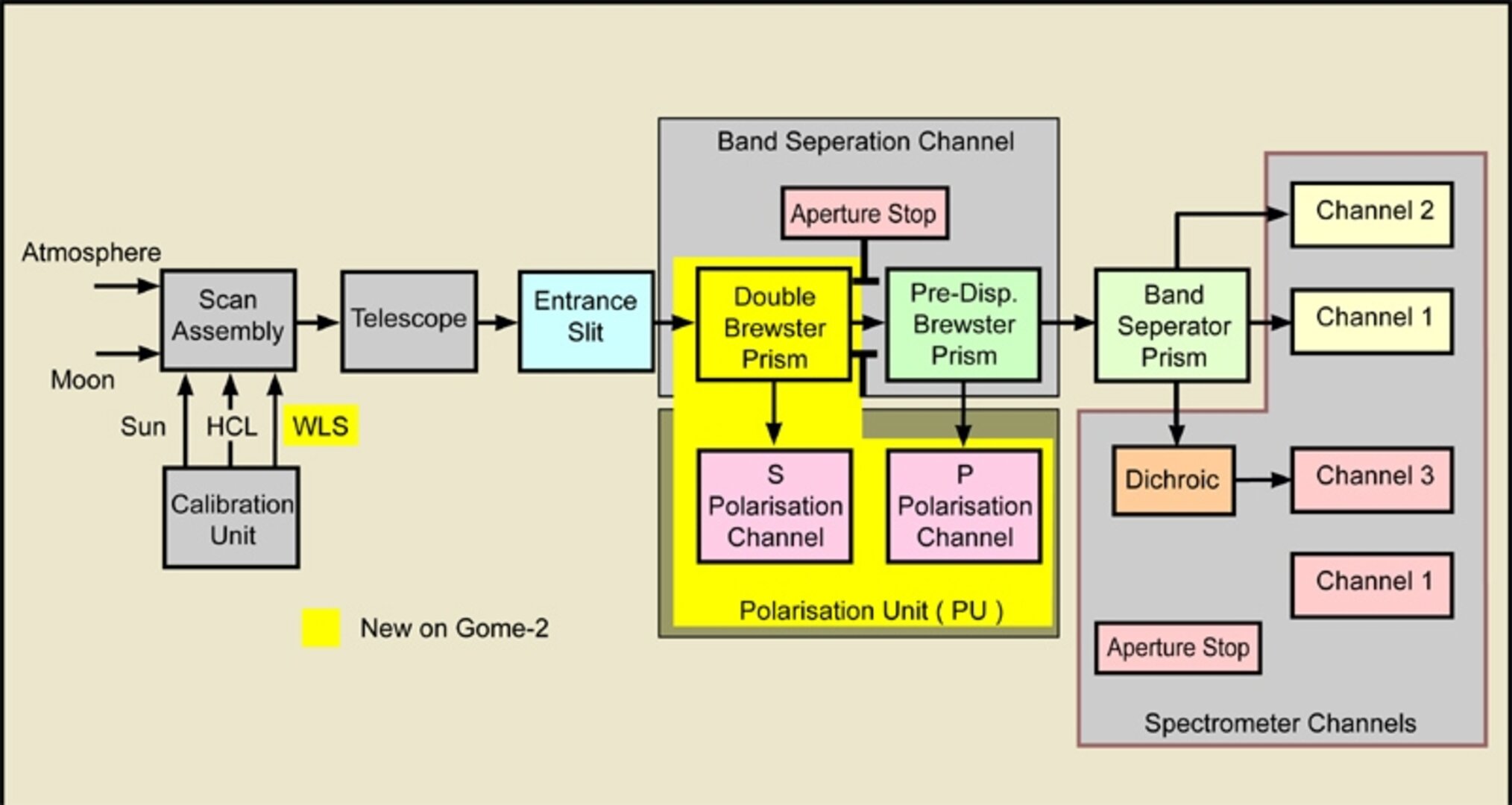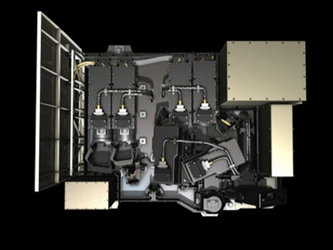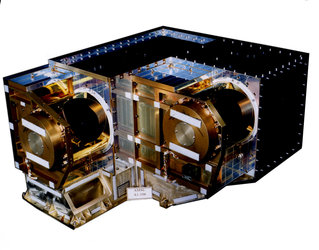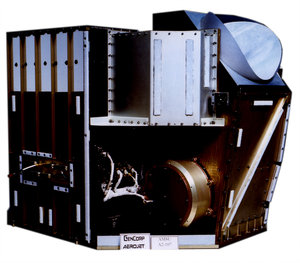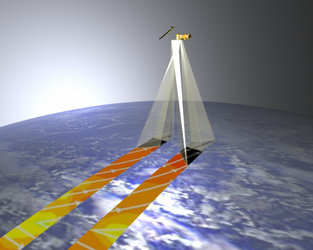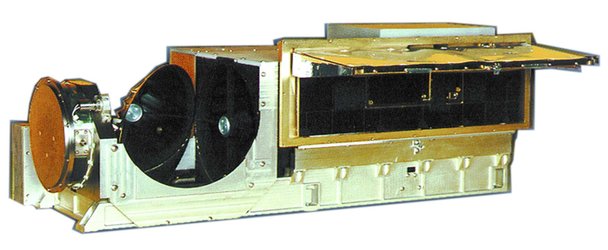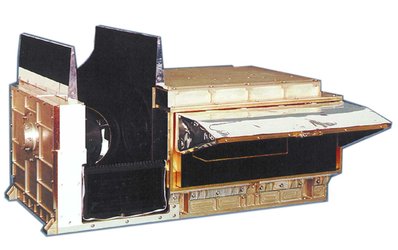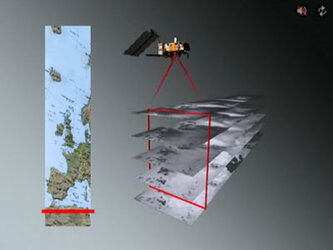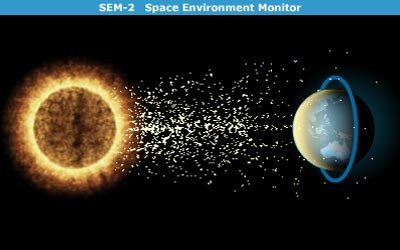GOME-2 polarisation unit
Nadir-looking space-borne spectrometers have only two options for treating the atmospheric polarisation of the incoming light. Either the polarisation information is destroyed by scrambling, as in the American TOMS and SBUV-type instruments and the Dutch/Finish OMI instrument, or the polarisation has to be measured with sufficient accuracy to correct for the polarisation dependence of the instrument. The benefit of the latter approach is that the polarisation detector information can also be used for other purposes such as cloud or aerosol detection, or for high spatially, low spectrally resolved atmospheric-radiance measurements. The Polarisation Unit (PU) is unique to GOME-2.
The new polarisation unit monitors the 312 to 790 nm range. It uses 200 detector pixels with a spectral resolution that varies from 2.8 nm at 312 nm to about 40 nm at 790 nm, with an integration time of 23 ms. Both the s- and p- polarised parts of the light will be measured simultaneously. GOME-2's data rate is limited so the information from the 200 detector pixels is grouped together, on board and transmitted over 12 programmable bands.
The design drivers for this new subsystem have been the optical identities of the s- and p-channels, to ensure identical fields of view for both these and the main channel, using the same detector array as the latter. Given the need for a compact lightweight system, a trade-off comparison was made of a grating solution and a prism solution. The latter proved both simpler and more robust, and was therefore selected.

The block diagram shows how the collimated mirror (200 mm) beam passes through a double Brewster prism that extracts the s-polarised light into the s-channel. This light leaves the prism group orthogonal to the optical bench.

The prism group (shown in the figure) consists of two prisms with two parallel surfaces tilted at the Brewster angle, thereby compensating the wedge effect for the main channels. The light of the main channels enters a pre-disperser prism like that on GOME-1, which generates the p-polarised beam and pre-disperses the light of the main channel.
In the two polarisation channels, a two-prism disperser assembly disperses the light and redirects it again parallel to the optical bench. A dioptric focusing objective (f = 48 mm) forms, together with the 200 mm parabolic mirror, a relay of magnification 0.24. The field of view (FOV) overlap between the main channels and the two PU channels is thereby guaranteed. For accommodation reasons, an additional prism has been placed between the lenses and the detectors. To compensate for chromatic aberrations, the detector array is tilted by 30° in spectral dispersion.


